Choosing a successful combination of plants when planting according to the compatibility table
Experienced gardeners know that a good neighborhood of different types of vegetables will help increase the yield. The table of plant compatibility when planting will help the summer resident to correctly arrange the crops in the garden. If you learn to combine planting well, you can grow a huge crop in a small area, and the land will not stand idle for a single day. This skill is also useful for those who do not have a land plot. On the loggia, you can grow fresh vegetables for soups and salads in a small box.
Choose your predecessors correctly
Radishes, salads, onions, early herbs will be harvested in June. The garden bed is free - you can plant other vegetables on it. The change of crops must be thought out competently: each species draws its components from the soil, and some plants enrich the earth with nutrients. During the second planting, it should be taken into account that the plantings following one after another do not have common infections and pests. It is advisable to follow the same rules when you decide how to sow the garden that was vacated last fall.
It is not recommended to grow the same crops for a long time in one place due to soil infection, but there is another reason. The roots not only supply the flora with nutrients, they also serve as a system for the release of toxins and toxins formed in the process of vital activity. Usually, plants react poorly only to the secretions of their kind, plant peas after beets - and the soil will quickly clear.
Advice
Some plants, for example melons and gourds, do not like fresh fertilizers; only well-rotted manure is suitable for them. Such vegetables need to be planted in an area where root crops used to grow, requiring a large amount of organic matter for development.
Progenitors do not have to be harvested before planting a second crop. You can densely plant radishes in your greenhouse in early spring. By the time you need to plant tomato seedlings, make room for the bushes, and use the root vegetables for food. Tomatoes will grow, and you will gradually begin to remove from the garden and finish the radishes. It turns out that at first the root crops were predecessors, and after planting the tomatoes, they were joint plantings.
Examples of a good landing sequence:
- carrots after melons and gourds;
- tomatoes and cucumbers after cruciferous plants;
- potatoes after greens, carrots, cabbage;
- pepper after greens or cabbage.
Desired and unwanted neighbors
There are many reasons why some plants can or cannot be planted together with others. First of all, these are infections and pests. Plant potatoes next to eggplants, and Colorado beetles will rush to the tasty garden in a crowd, but bush beans will ward off these pests from both crops. Celery growing next to cabbage, will lure the cabbage whites, and the fragrant herbs will not allow butterflies to reach the garden.
If you are planting plants in the same bed, make sure that the crops have the same wishes for growing conditions. They should have similar moisture and feeding requirements. It is desirable that each species take nutrition and moisture from its depths - for example, beans with a root that penetrates to a great depth, and potatoes with a shallow root system. If your crops differ greatly in height, such as corn and squash, try to arrange them so that there is enough sun for everyone.
What species can or cannot be planted next to each other, the table will tell you.
| Culture | Good neighbors | Bad neighbors |
|---|---|---|
| Eggplant | Onions, legumes | Garlic, tomatoes |
| Radish | Legumes, roots, greens | Cucumbers |
| Parsnip | Cabbage, radish, carrot | |
| Zucchini | Radish, corn | Potatoes |
| Cabbage | Greens, potatoes, carrots | Tomatoes, peas, strawberries |
| Cucumbers | Corn, cabbage, legumes | Spicy herbs, potatoes, peppers, strawberries |
| Carrot | Onions, garlic, peas, lettuce, cabbage, radish | Tomato, potatoes |
| Corn | Legumes and melons, cabbage, lettuce | Beet |
| Potatoes | Carrots, corn, beets, salad | Tomato, strawberry, pumpkin |
| Pepper | Basil | Cucumbers |
| Tomato | Greens, radishes, carrots, corn | Eggplant, cabbage, potatoes, pumpkin |
| Beet | Cabbage, cucumbers, onions, garlic, strawberries | Corn, beans, mustard |
Advice
Joint planting is sometimes practiced to mark the sowing site for seeds that take a long time to germinate. Making a carrot bed - stick radish seeds along the edges of the rows. Carrot shoots will take a long time to emerge, but the radish leaves will show you where the rows are.
Long-term crops (late cabbage, pumpkin) at the beginning of development need very little land, and when the bushes grow, they need space. Plant salads, radishes, early greens between the bushes. Compacted plantings will not leave the land empty, and you will be provided with both early vitamins and autumn harvest. On beds with late carrots, 3 crops can be harvested. Ready-to-eat vegetables are gradually harvested, and the grown main crop becomes spacious.
If you want to try to organize mixed planting of vegetables, the schemes can be different, for example:
- 1st row - carrots;
- 2nd row - bow;
- 3rd row - radish;
- 4th row - bow;
- Repeat to the end of the bed from rows 1 to 4.
There are individualistic plants that cannot get along with anyone. In the vicinity of other crops, they will either grow poorly themselves, or they will oppress the vegetables living nearby. Fennel has the most quarrelsome character - give it a place away from other beds. In the same way, they do not like their neighbors hyssop and walnut, it is impossible to choose compatible crops for them. The layout of the site should take into account separate places for such individual farmers.
How do plants help each other?
If you properly understand the properties of each culture, you can arrange them in the beds so that they support and intensify the development of each other. For example, lettuce and spinach stimulate root development in nearby plantings. Legumes enrich the soil with nitrogen and must be planted among plants that require nitrates. Onions and garlic produce phytoncides that kill infections.
The mutual influence of some species on others has a lot of nuances; a whole course of lectures is devoted to this issue at the biological faculties. Representatives of flora are living beings, and in different conditions they can show their qualities more or less. Much also depends on the climate: in the southern regions, combined plantings can develop perfectly, and in the Urals, both crops will wither and get sick. If you want to create a green fellowship in your beds, observe, keep a diary. General recommendations can be taken as a basis, and how effective they are on your site can only be determined empirically.
If you need both crops that, when grown together, help each other, you can grow them on the same bed in approximately the same proportions. If you want to harvest only one type, and you do not need another, plant a few bushes in the center or along the perimeter of the plantation, this will be enough.
The following plants are good green protectors.
- Parsley will protect the vineyard from phylloxera.
- Mustard inhibits weeds, drives away pests from legumes, its roots secrete compounds that activate the development of peas and beans.
- Parsley keeps slugs away from strawberry and strawberry plantations.
- Cabbage growing next to dill is less damaged by insects and tastes better.
- Spicy herbs with their strong aroma mask the smell of vegetables, and it becomes difficult for pests to find them.
- Predatory insects flock to parsnips, destroying pests.
- The beans will provide the soil with the nutrients that corn needs to support the beans.
- If you plant raspberries around an apple tree, the tree will protect the berry bushes from gray rot, and they, in turn, will prevent it from getting scab.
- Dill increases the duration of fruiting cucumbers.
Many gardeners refuse chemical fertilizers and insecticides. With the right approach, biological methods are no less effective than synthetic compounds. Sometimes it is recommended to make a frame of flowers on vegetable beds: marigold and calendula drive off nematodes. Some plants secrete phytoncides, others scare off parasites with their smell, and still others attract predatory insects. If you correctly combine all these methods of protection, neither a pest nor an infection will seep through such a strong barrier.
Output
Mixed plantings not only save space in the summer cottage - with the correct selection of crops, the plantation will give more yield from each bush than when filling the garden with one type of plant. On poor soils, alternate vegetables with legumes: the nodules on the roots of peas and beans enrich the soil with nitrogen. Siderates have the same properties, you can sow mustard or phacelia around the seedlings. At first, the hardy grass will protect the weak tomato bushes from the sun and wind, then you mow the green manure, and the roots will continue to supply the soil with nutrients. When preparing for spring sowing, first of all, make a list of all the plants that you plant in the beds, and only then decide how they can be combined.
When practicing mixed planting of vegetables in the garden, you need to take into account not only the compatibility of species, but also the conditions in which they will grow. The pumpkin gets along well with corn, but if you plant a solid wall of tall stems on the south side of the garden, the pumpkin will not have enough sunlight and it will give a very meager harvest. It is desirable that the depth of the roots of co-growing crops be different. In this case, each plant will take moisture and nutrients from its soil layer and will not deprive its neighbor.
The general rules for combined plantings can not be applied to every site, the table will give only basic recommendations, but you must figure out the details yourself. Observe how the plants live in your garden, which neighbors they are happy with, and which ones they would like to avoid, and this summer start preparing garden plans for next year. Be sure to write down your observations - next summer, most likely, you will completely forget how carrots and radishes or cabbage and potatoes got along. Every year, experience will accumulate, and then you will be able to remove as many vegetables from a small garden as you previously collected from all over the garden.
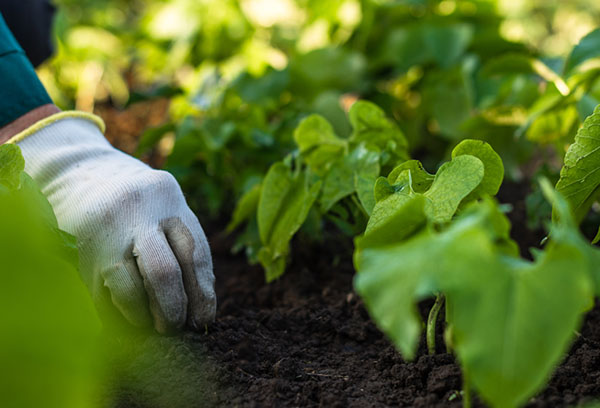
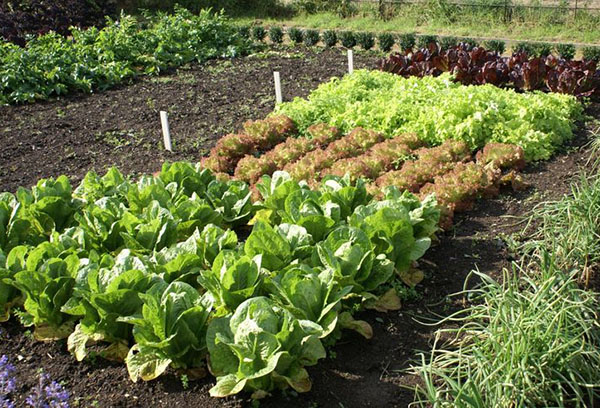
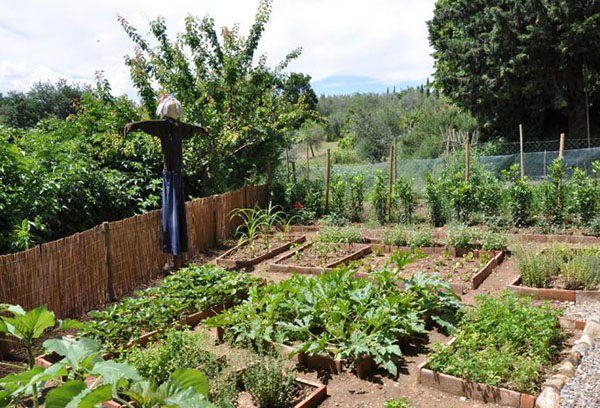
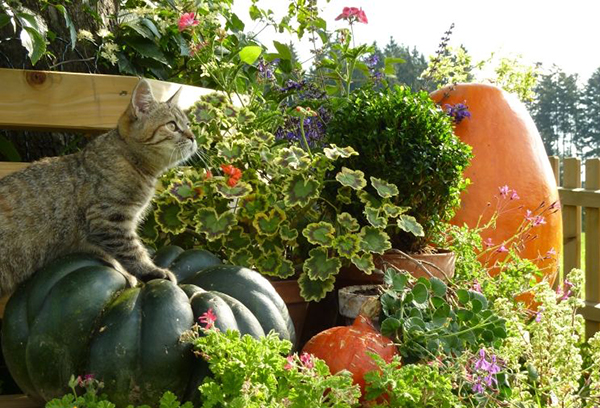
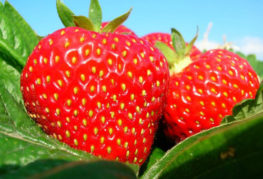
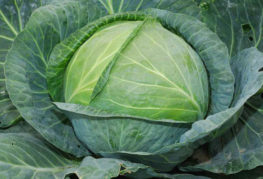
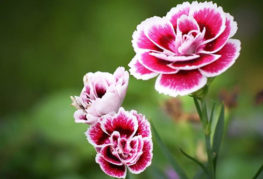
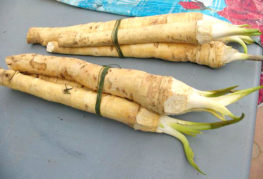
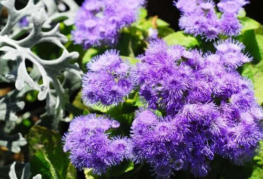
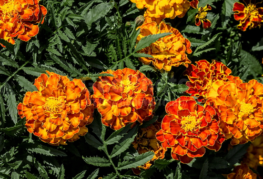
and will be published shortly.